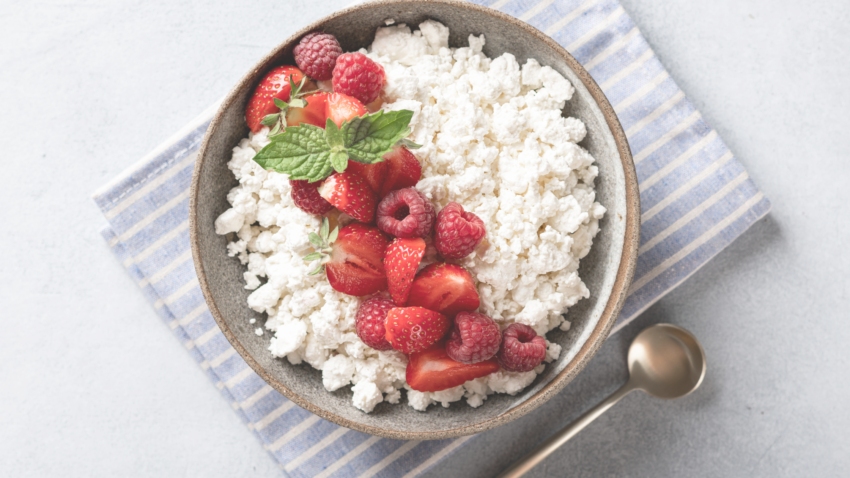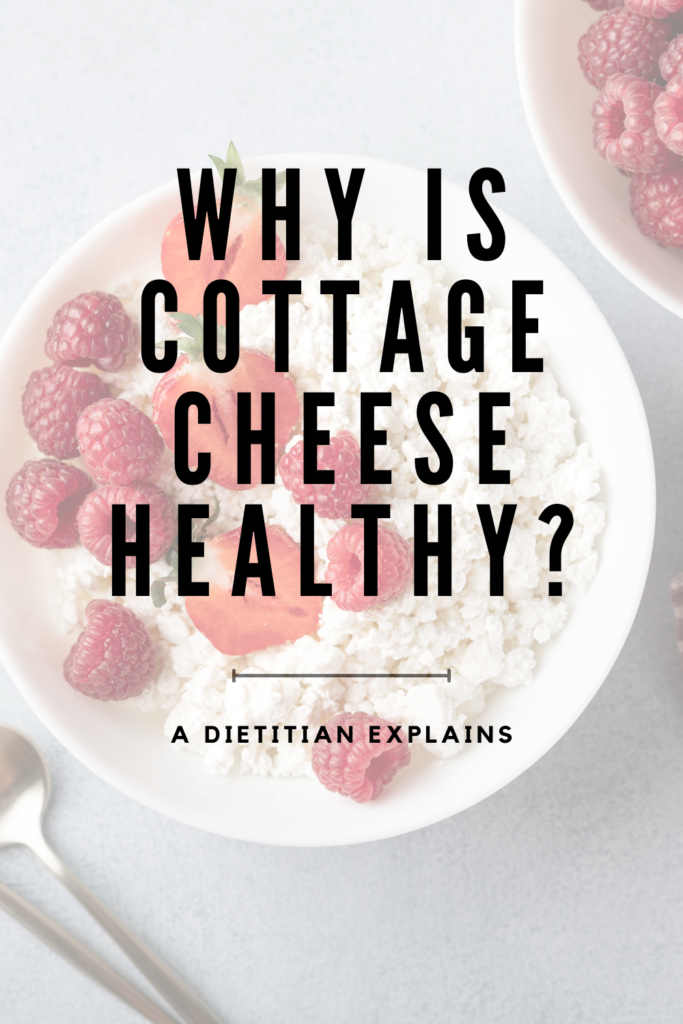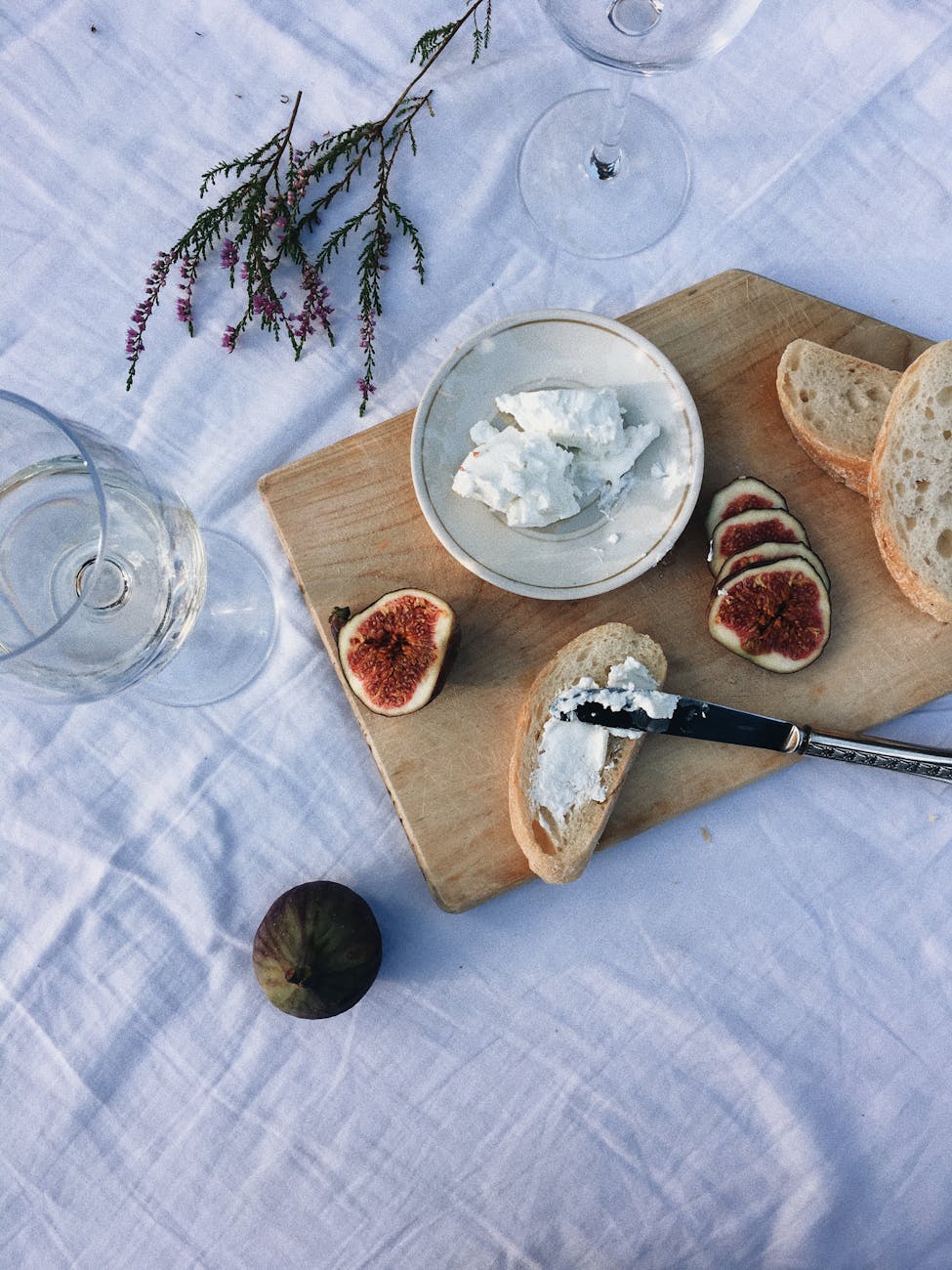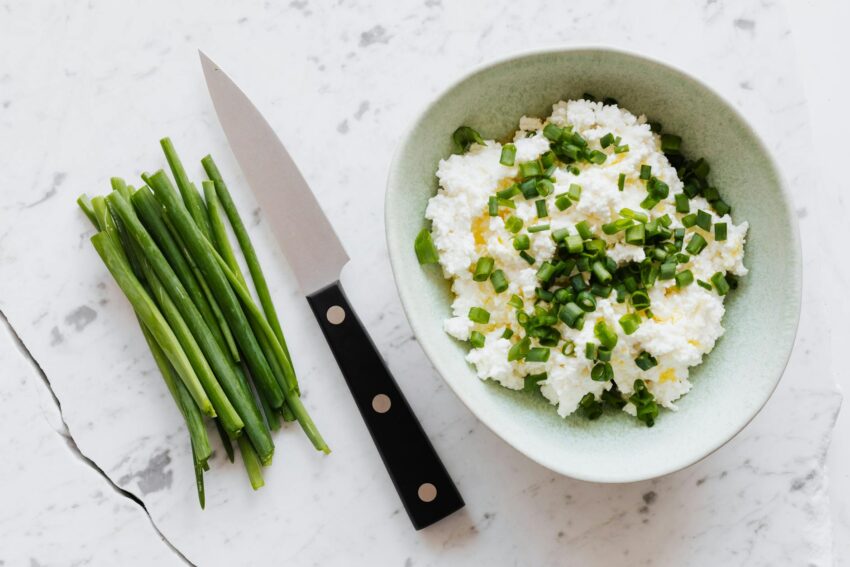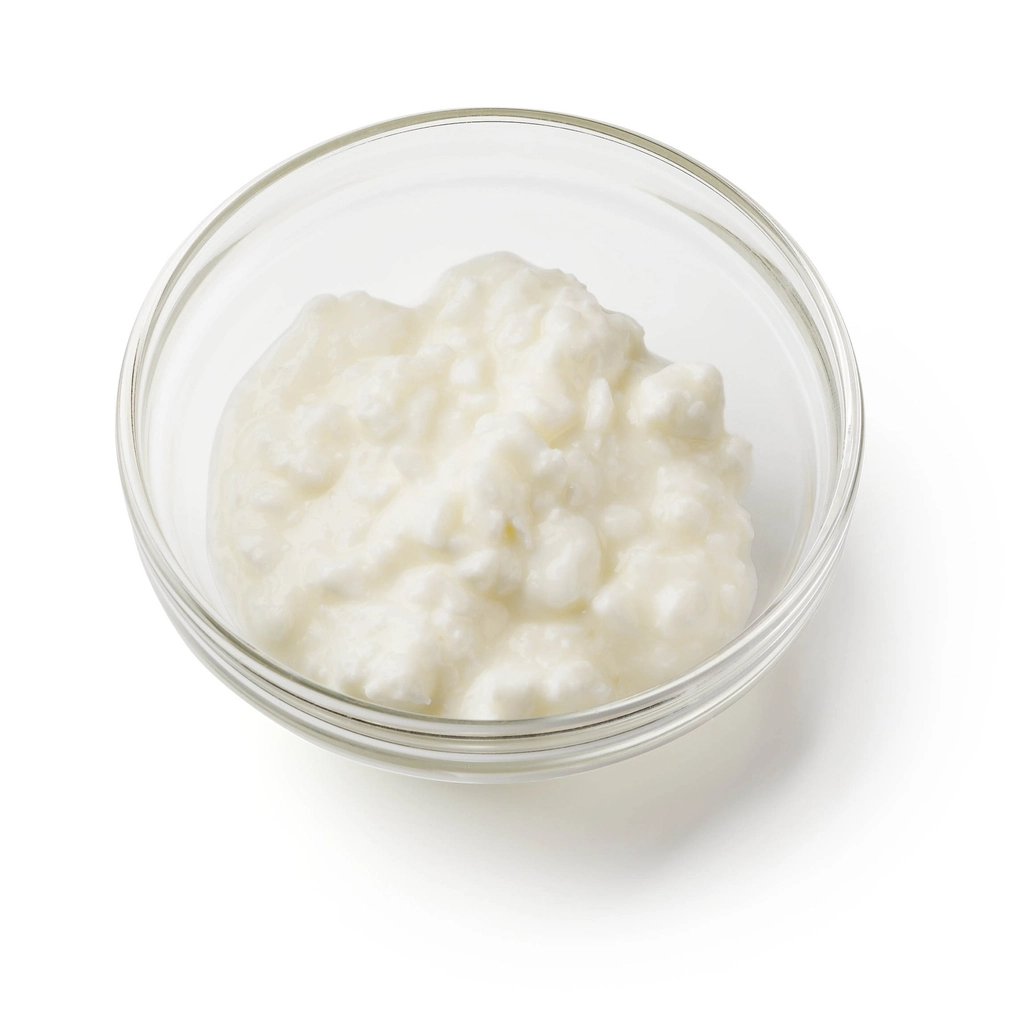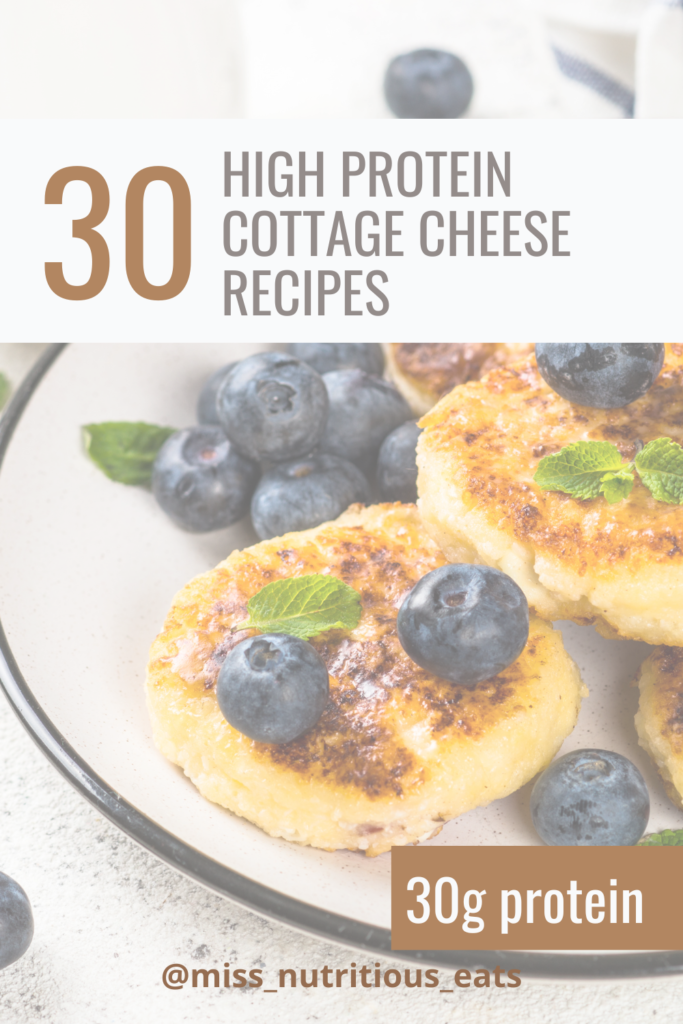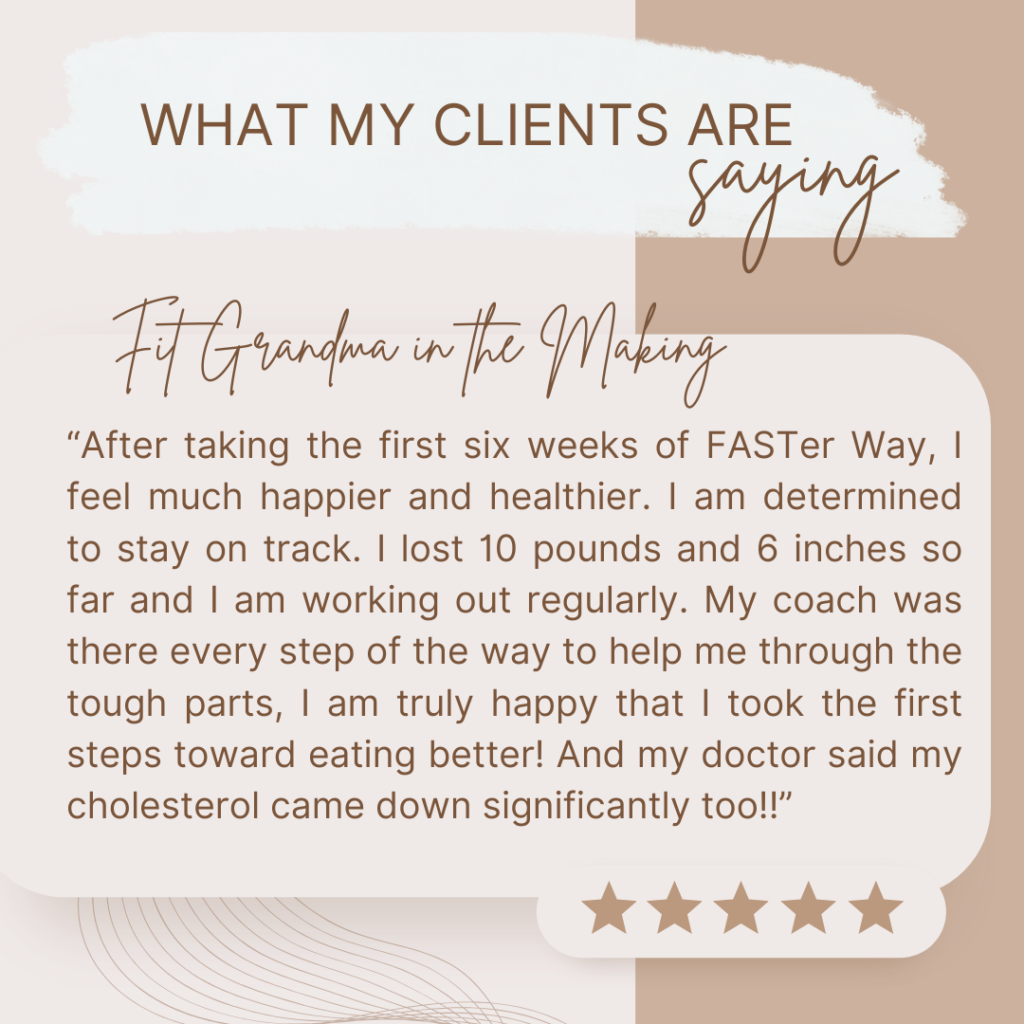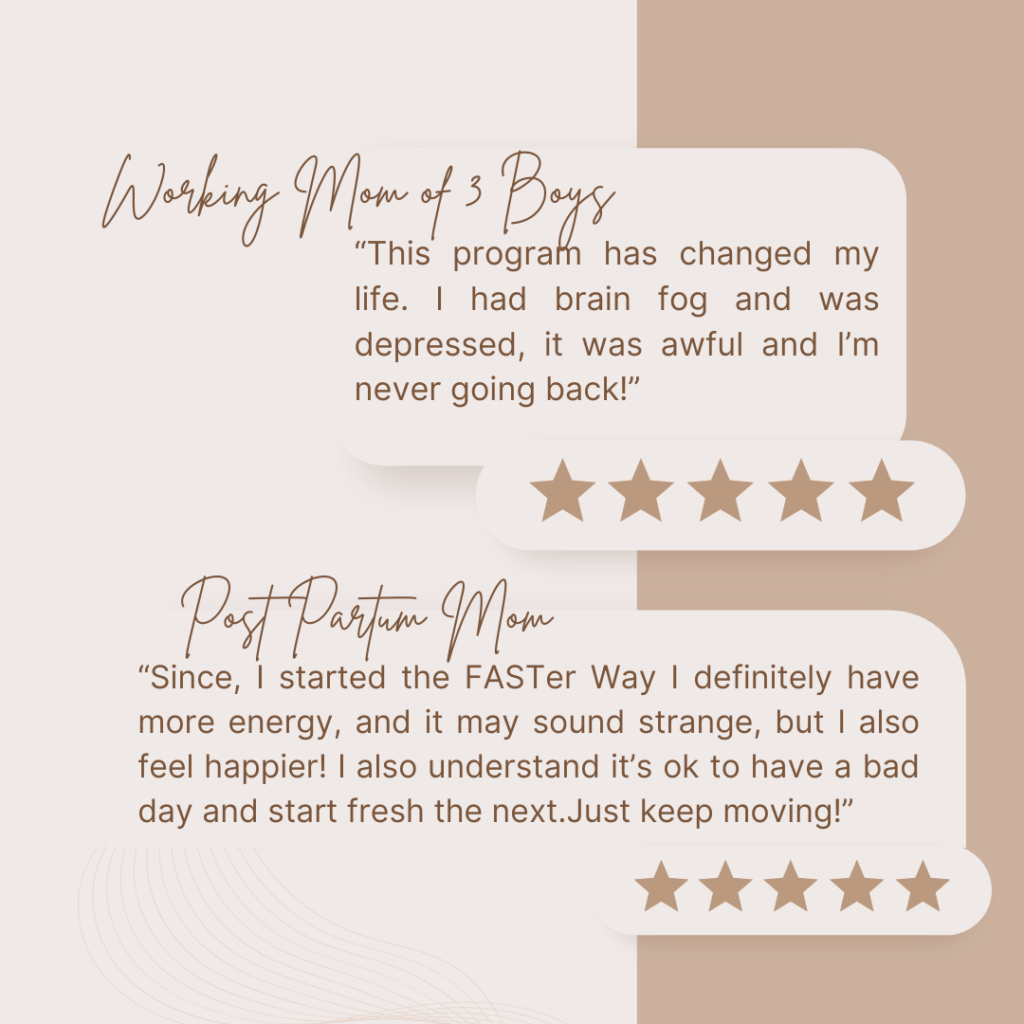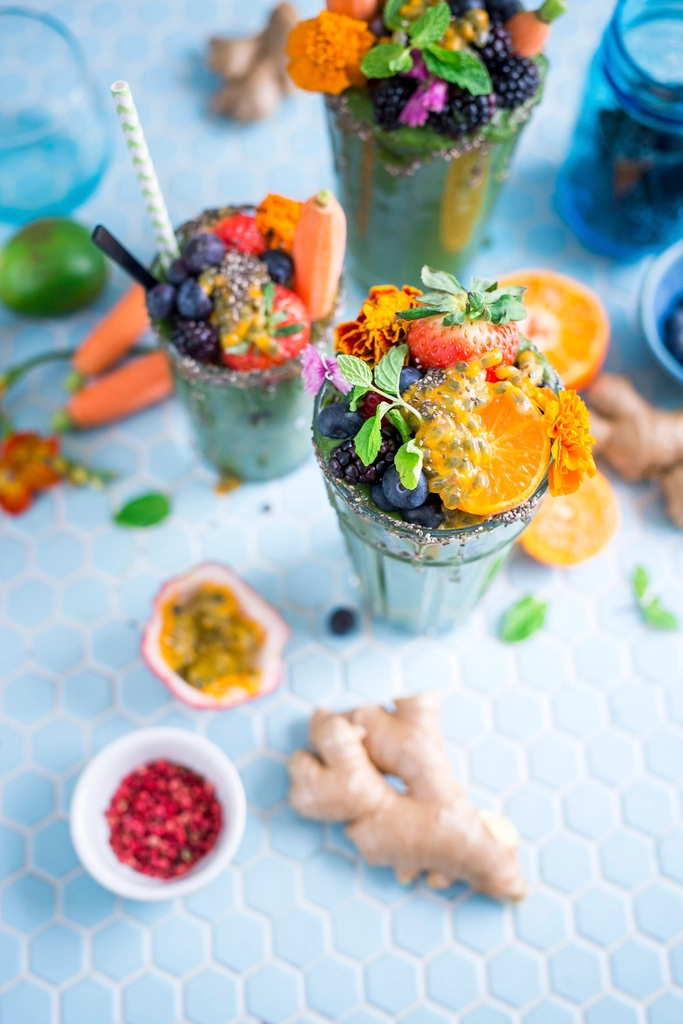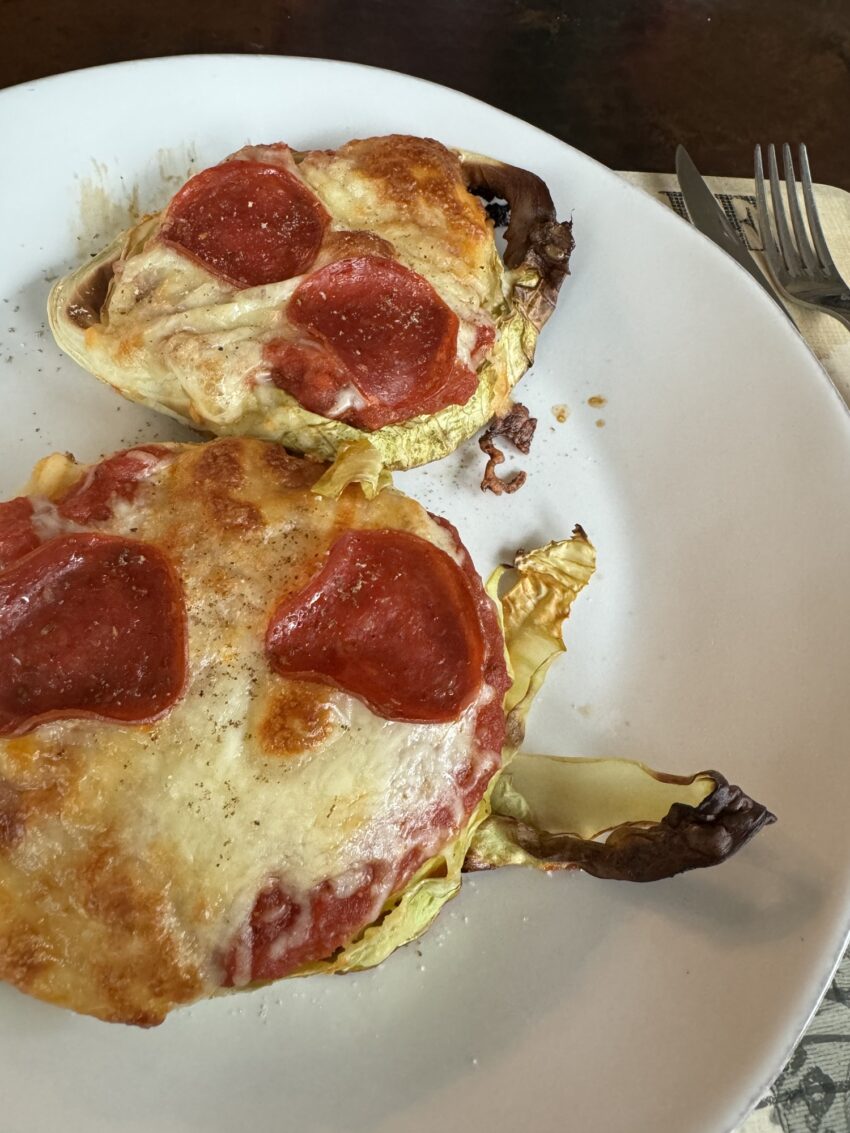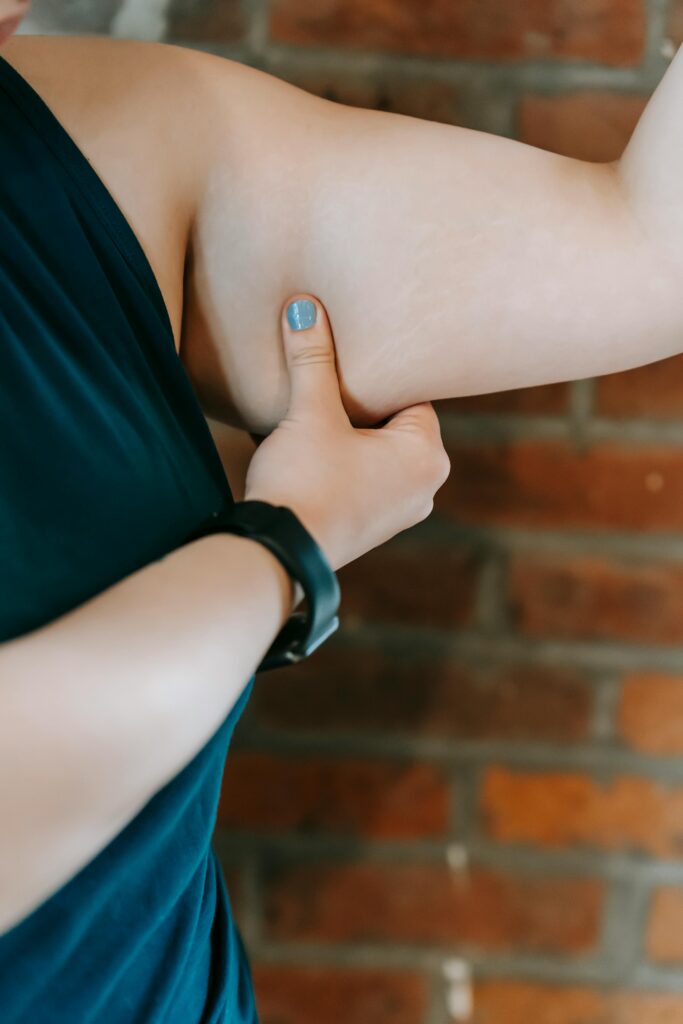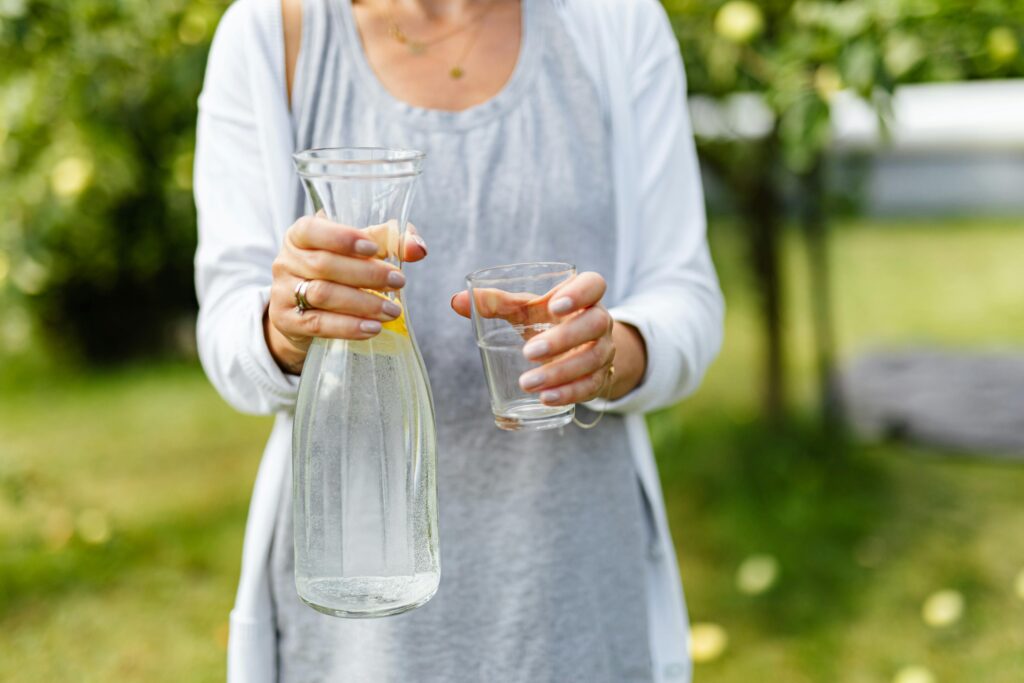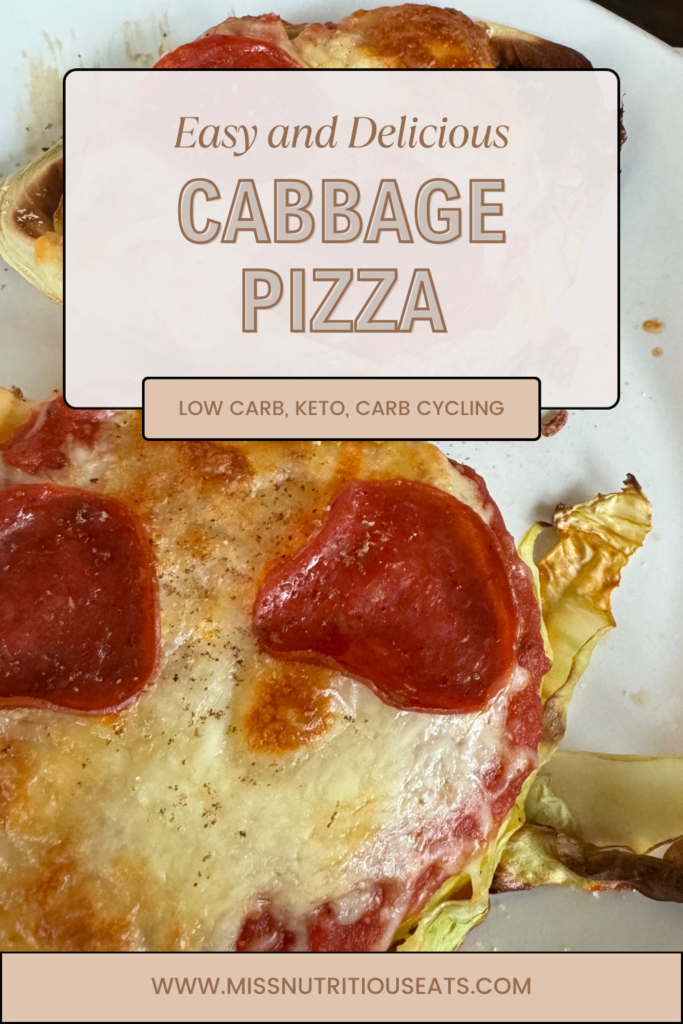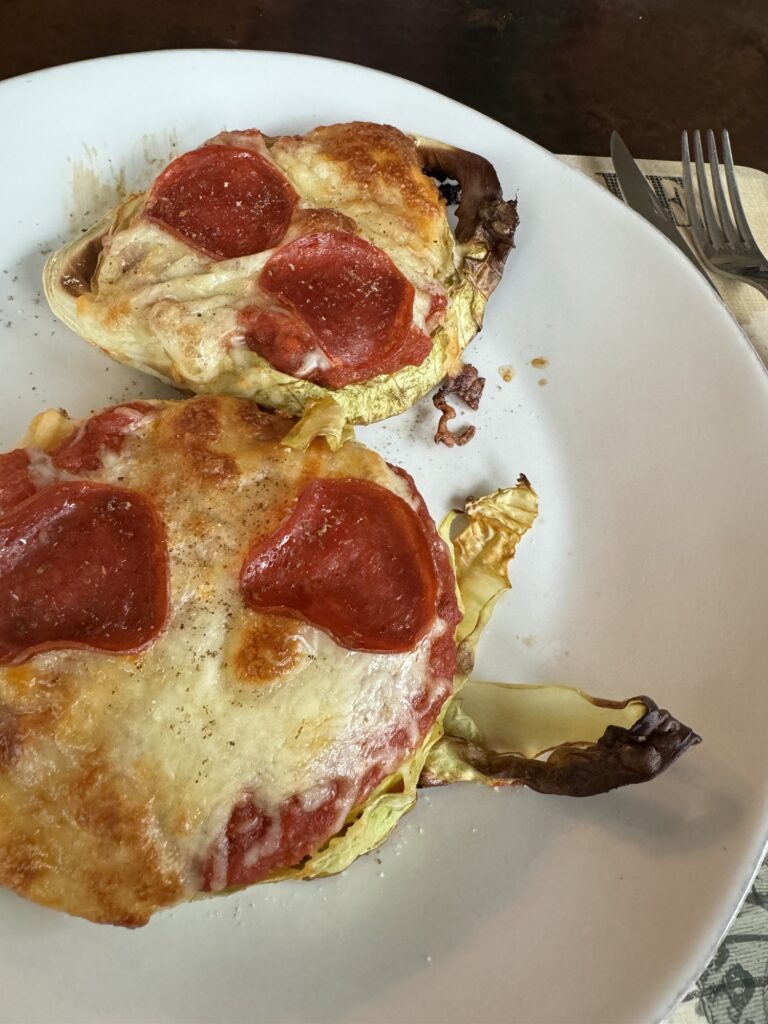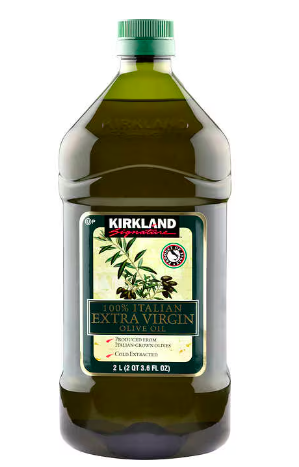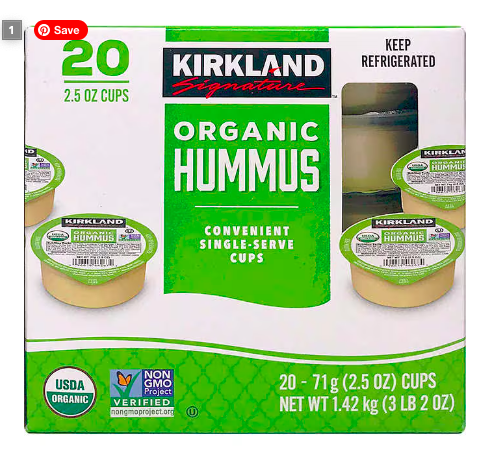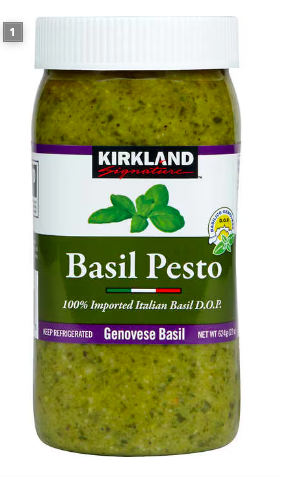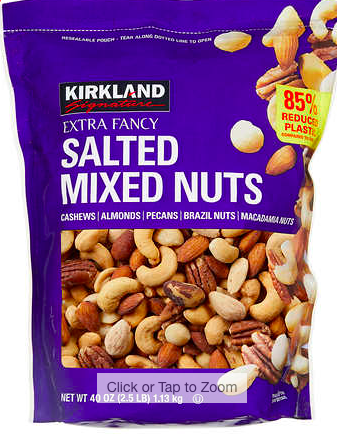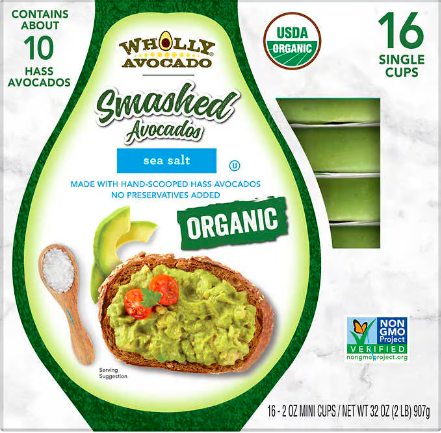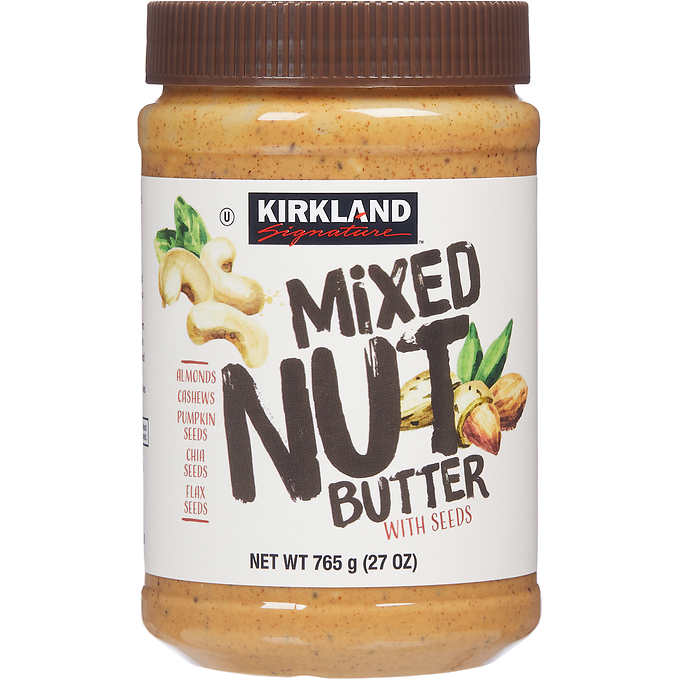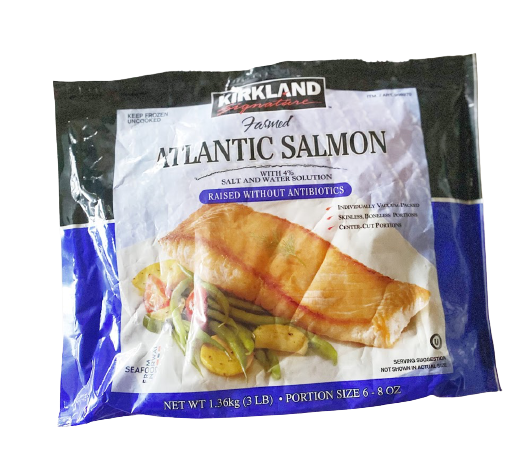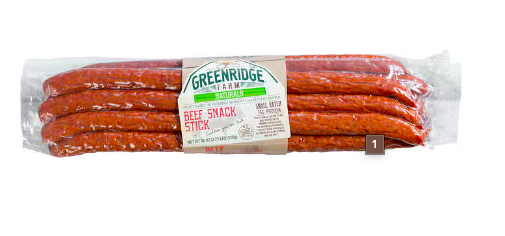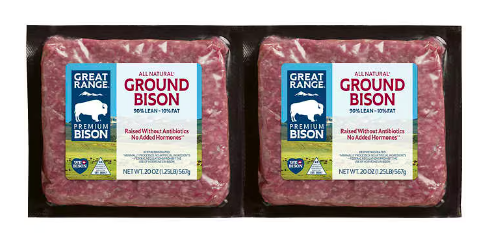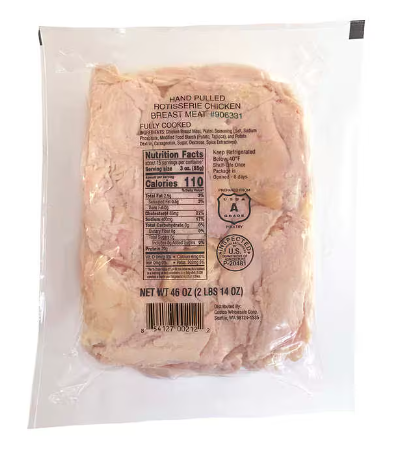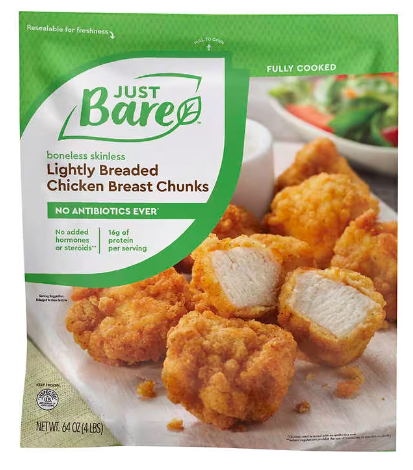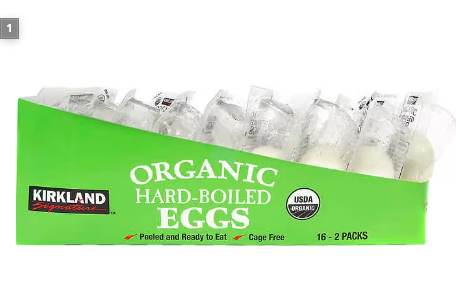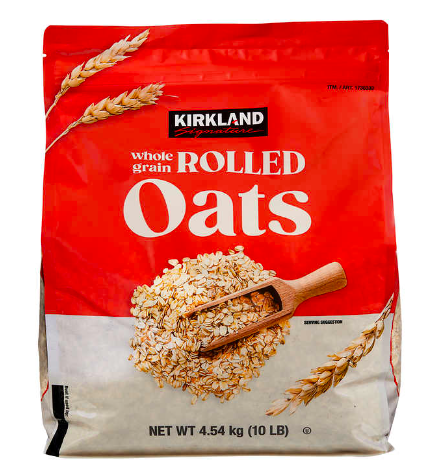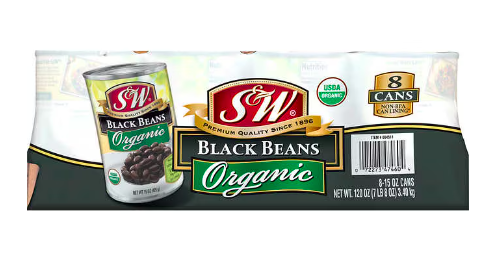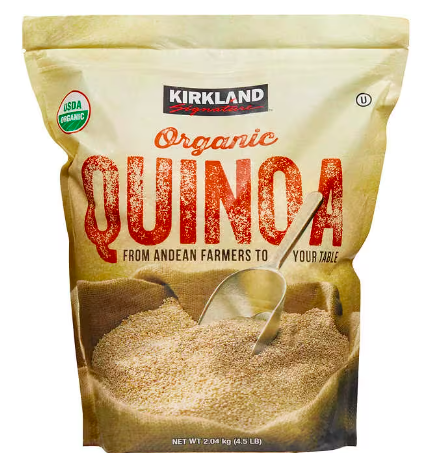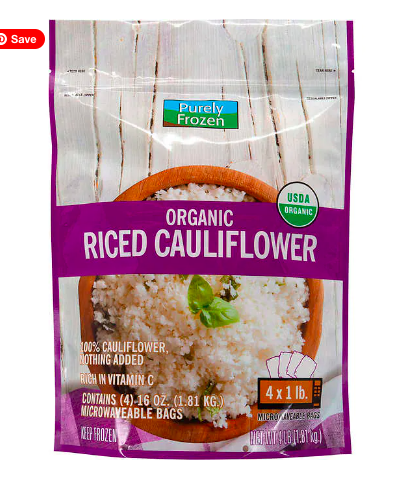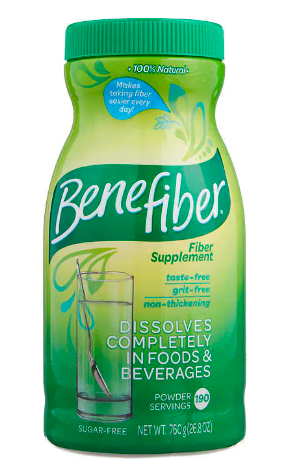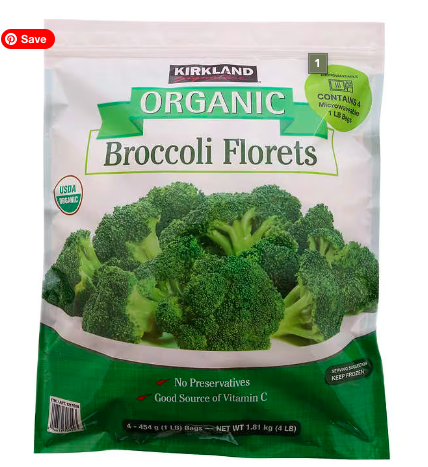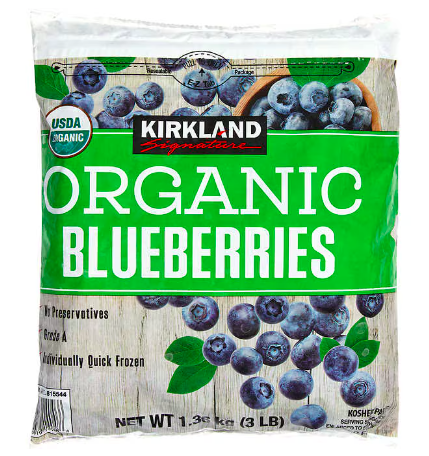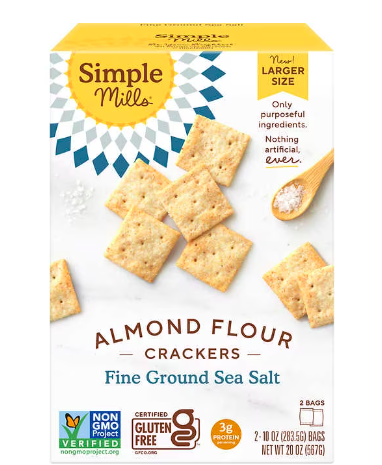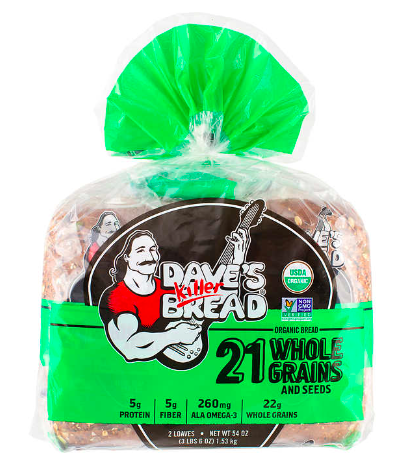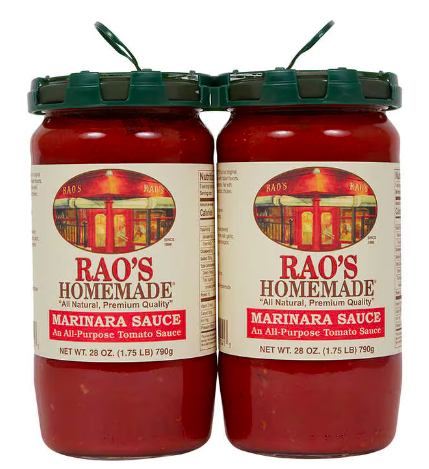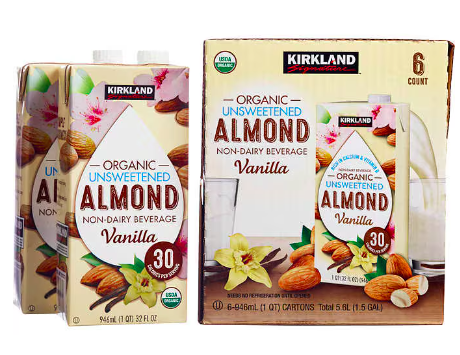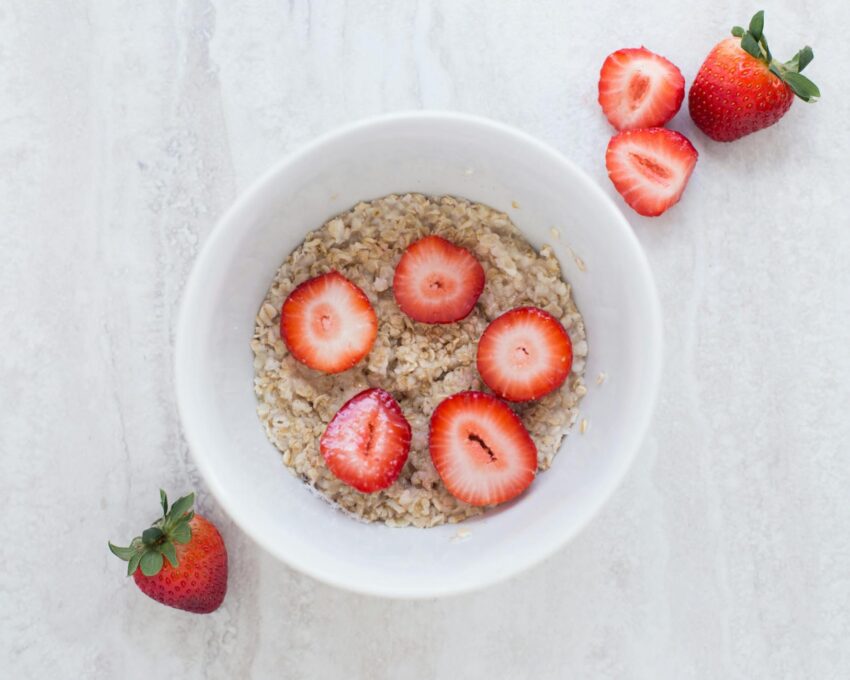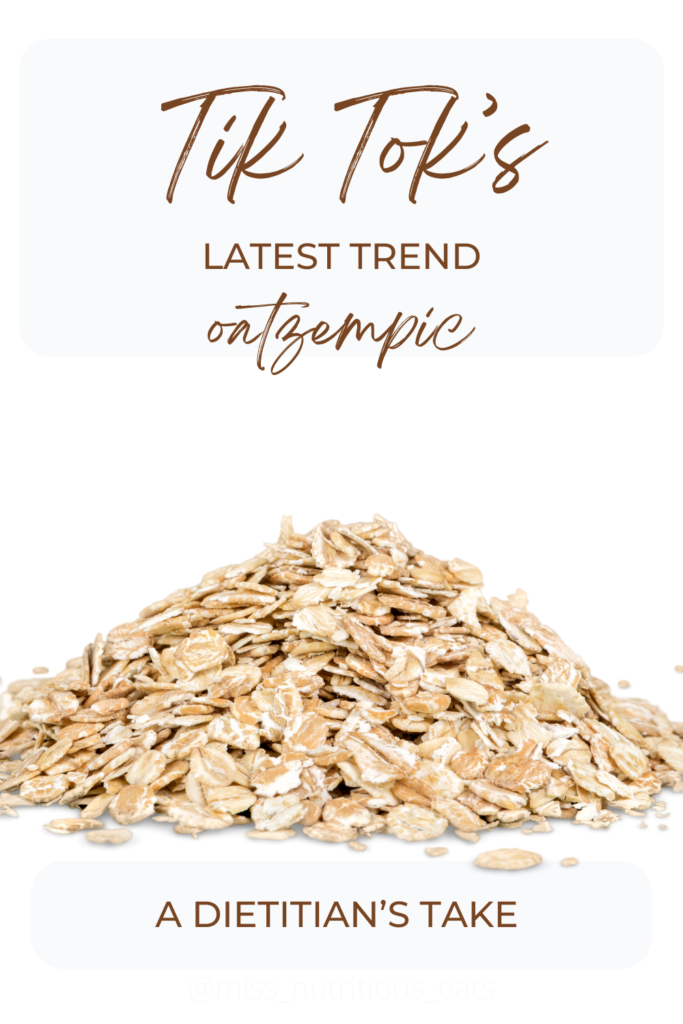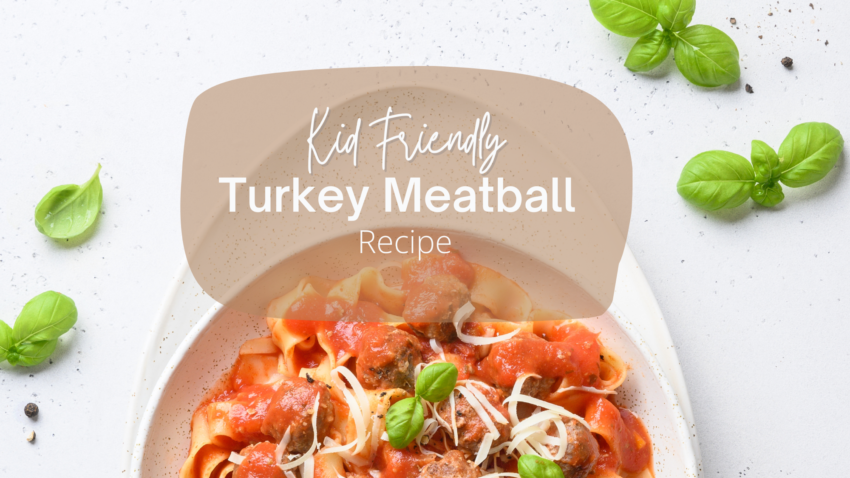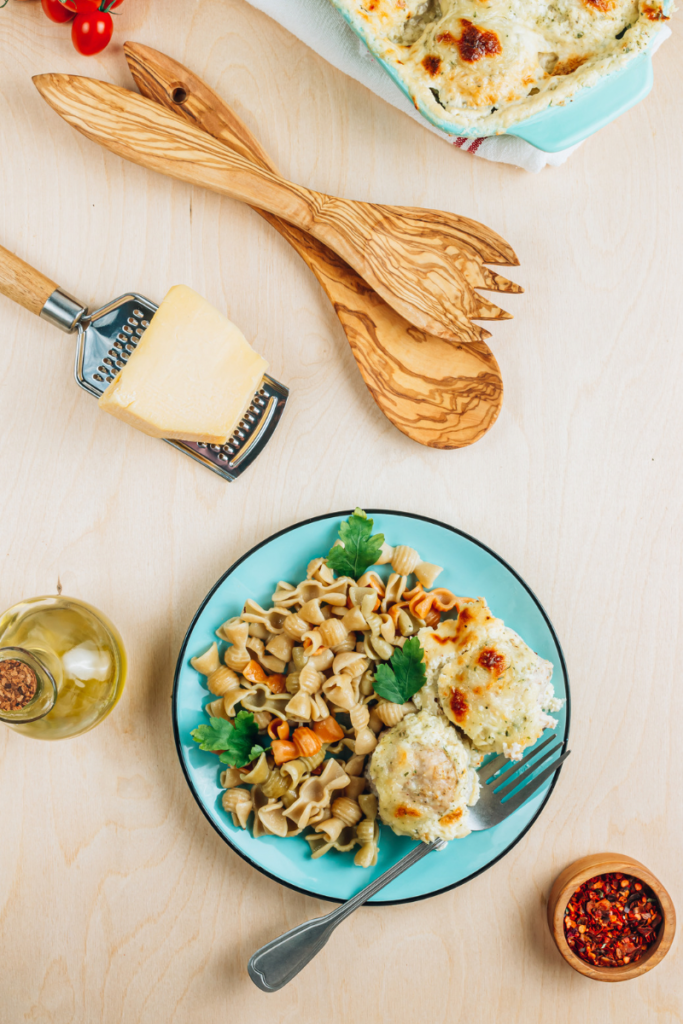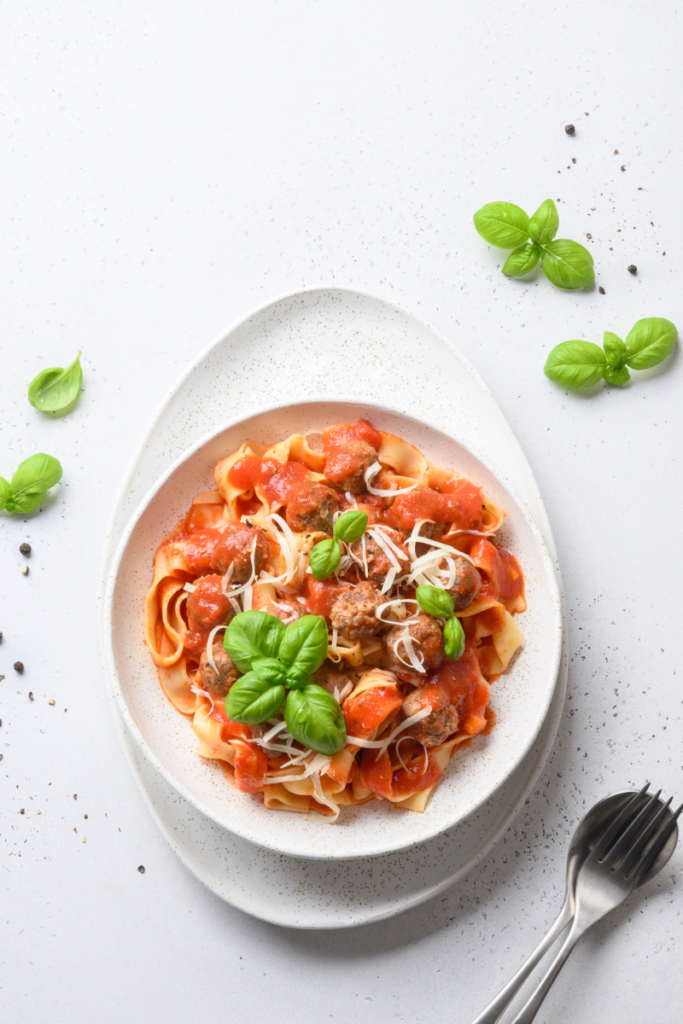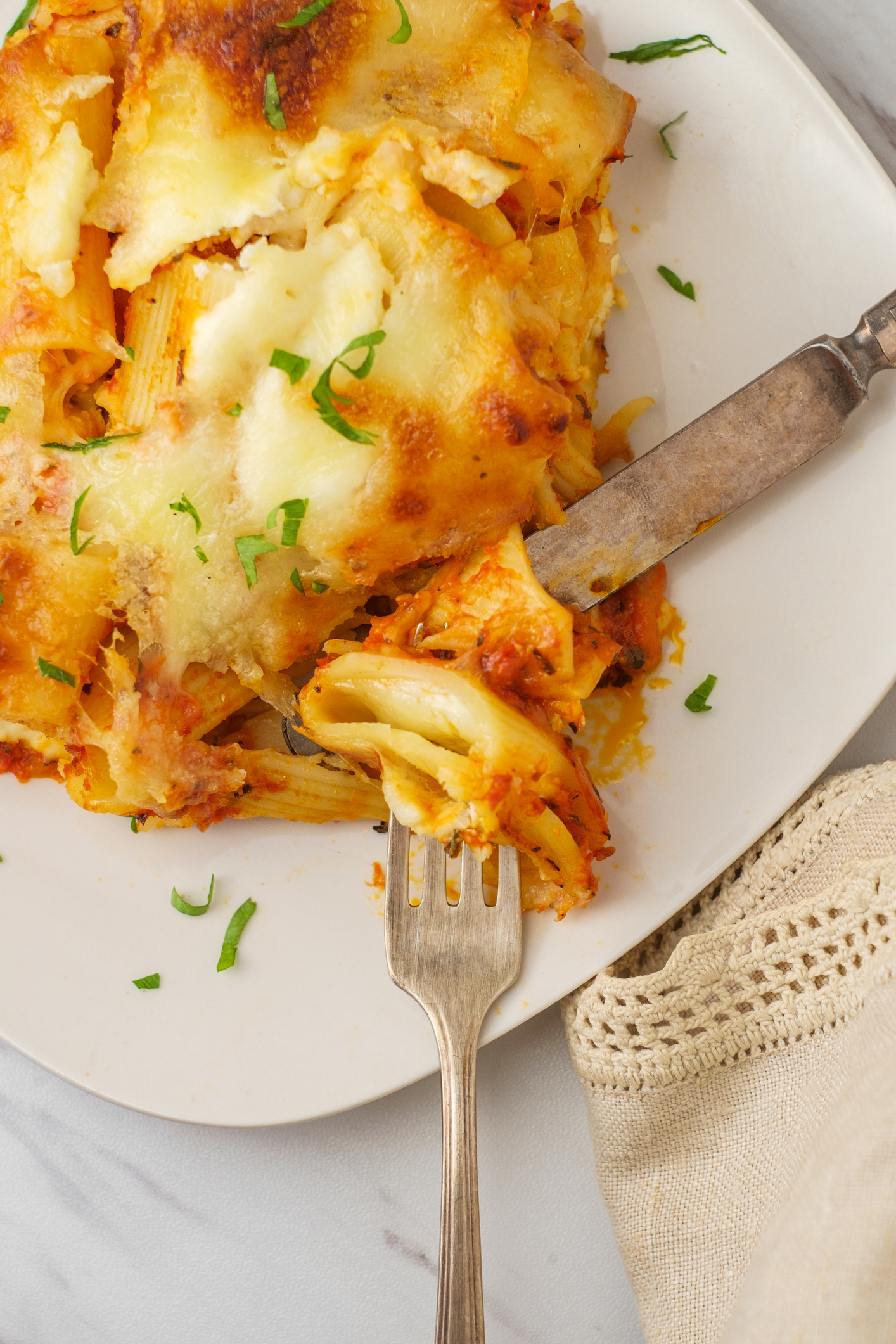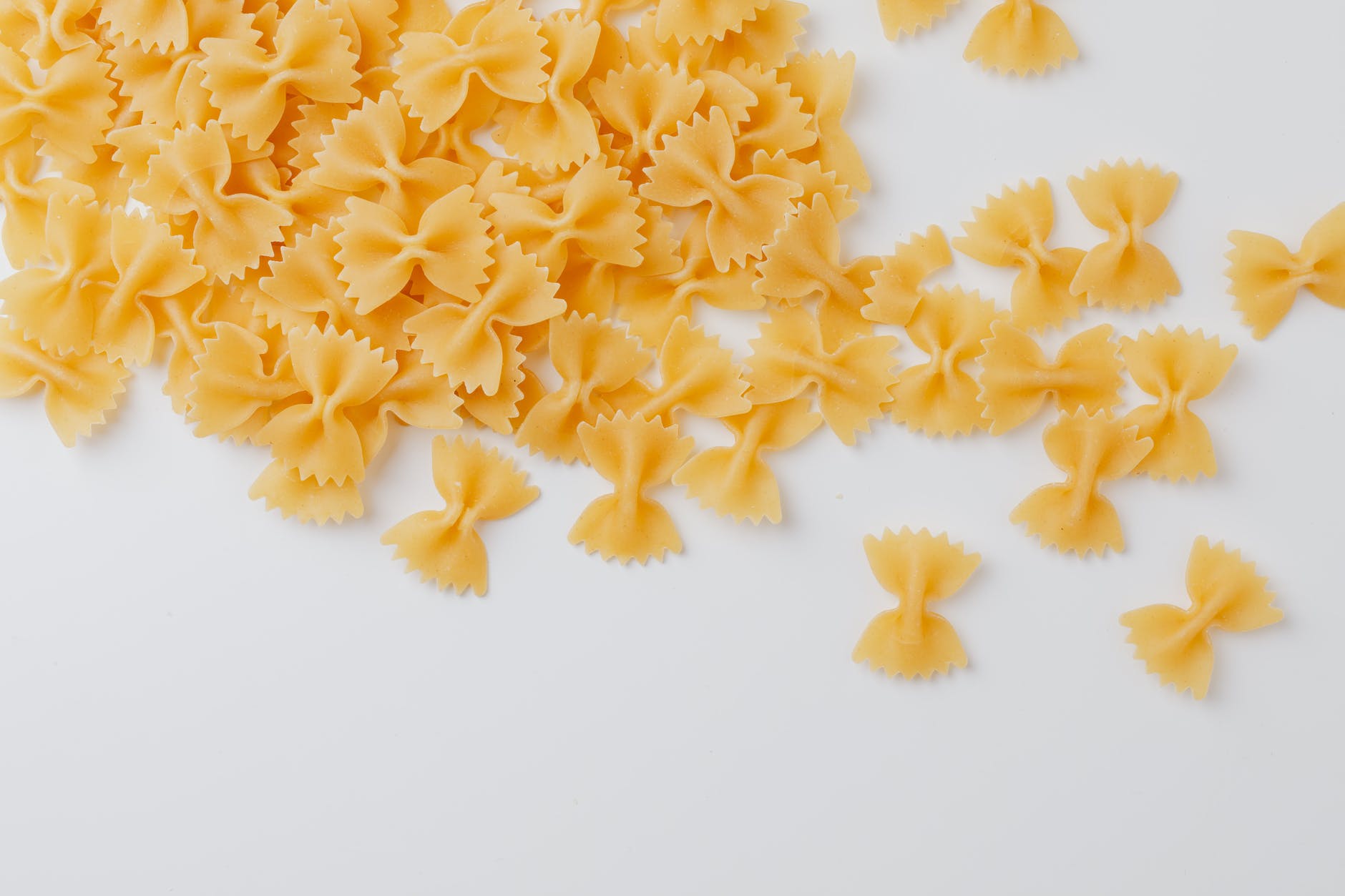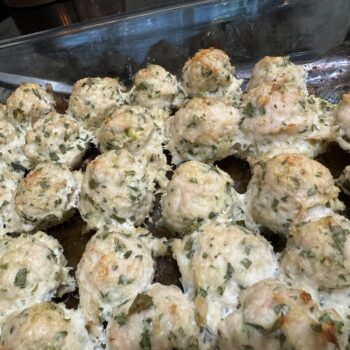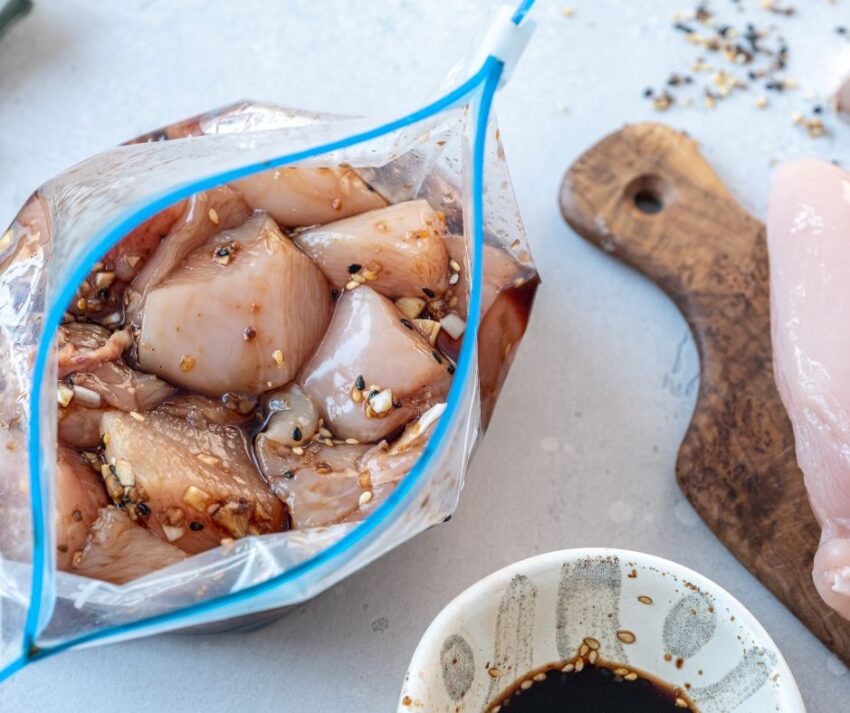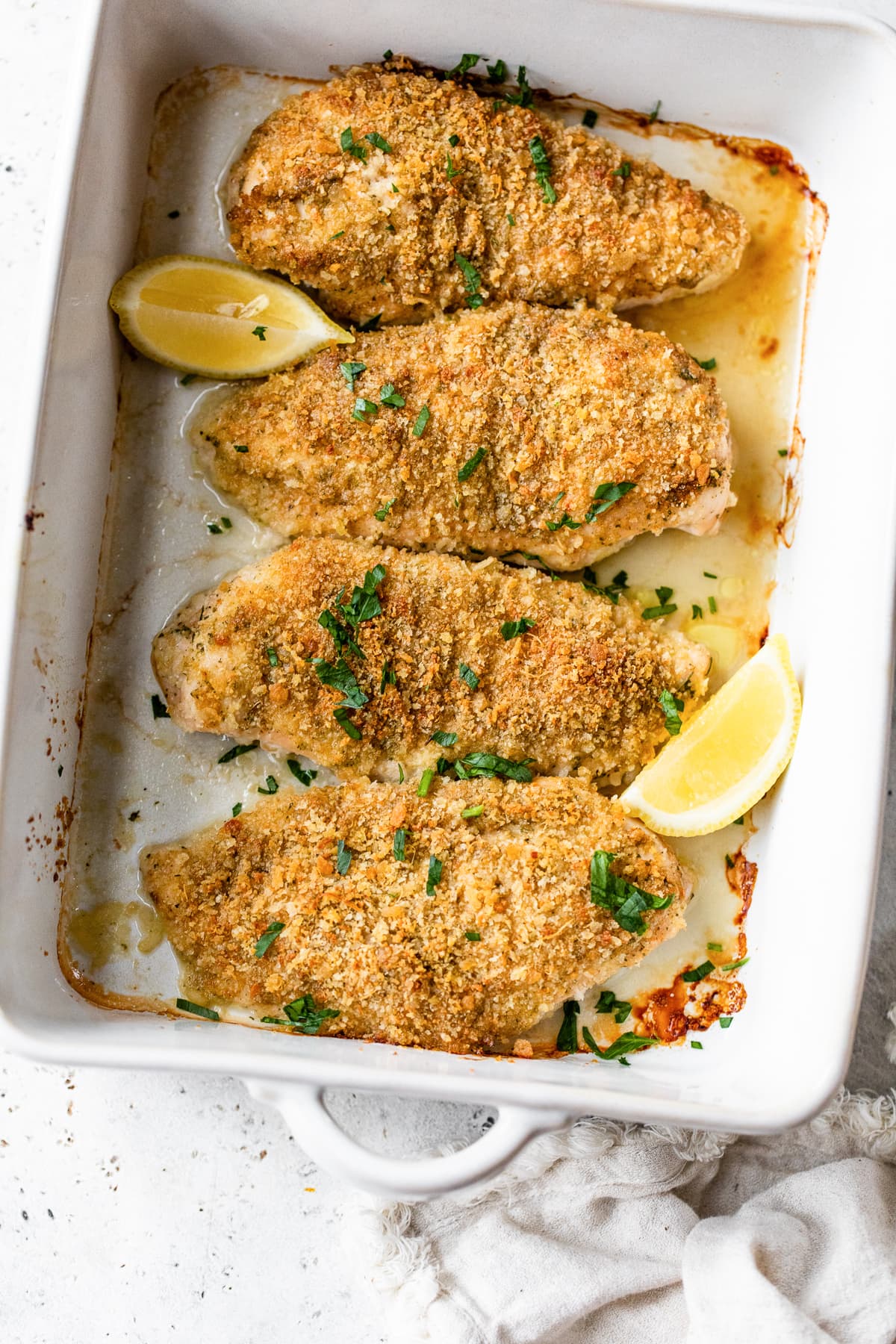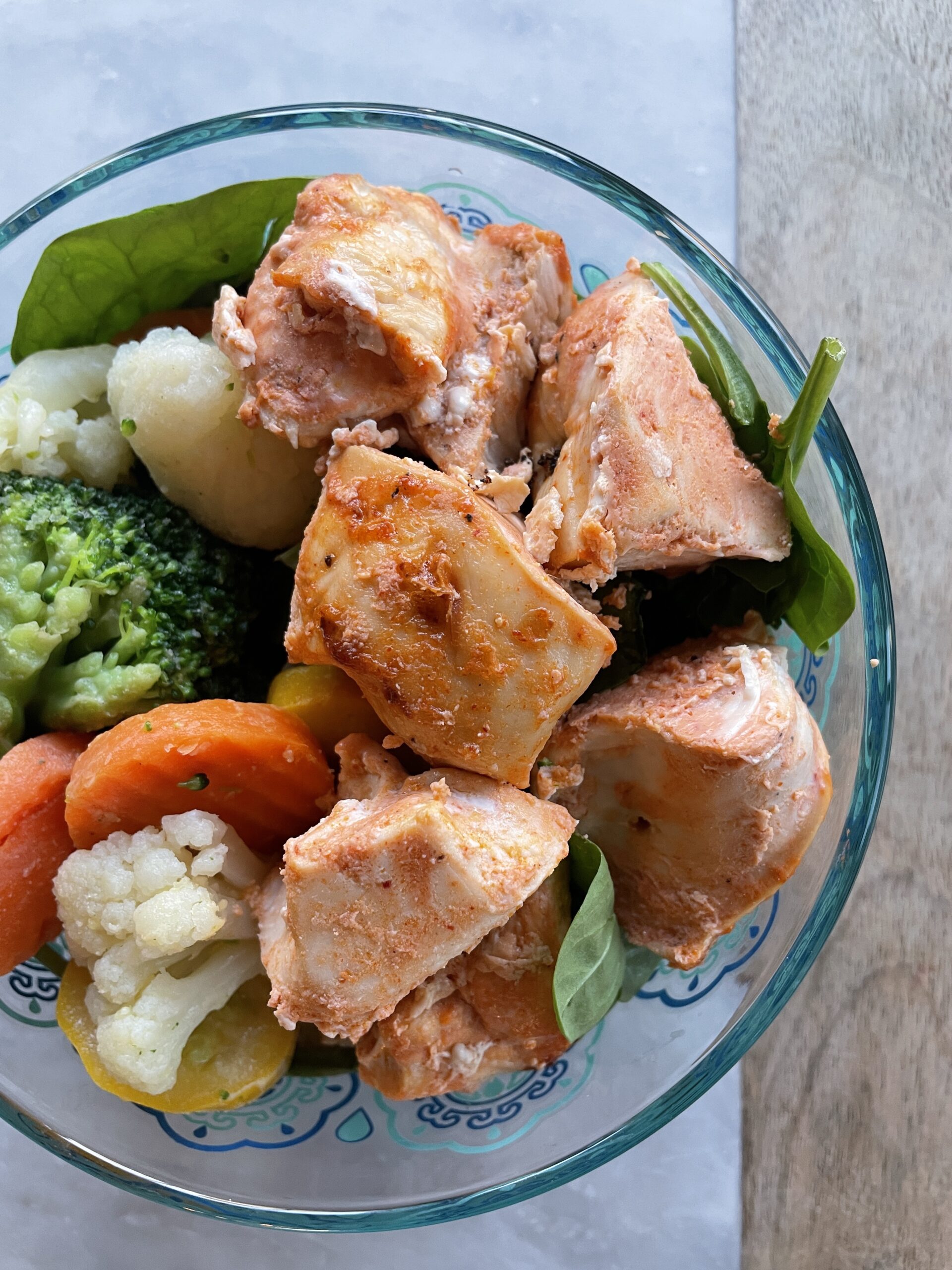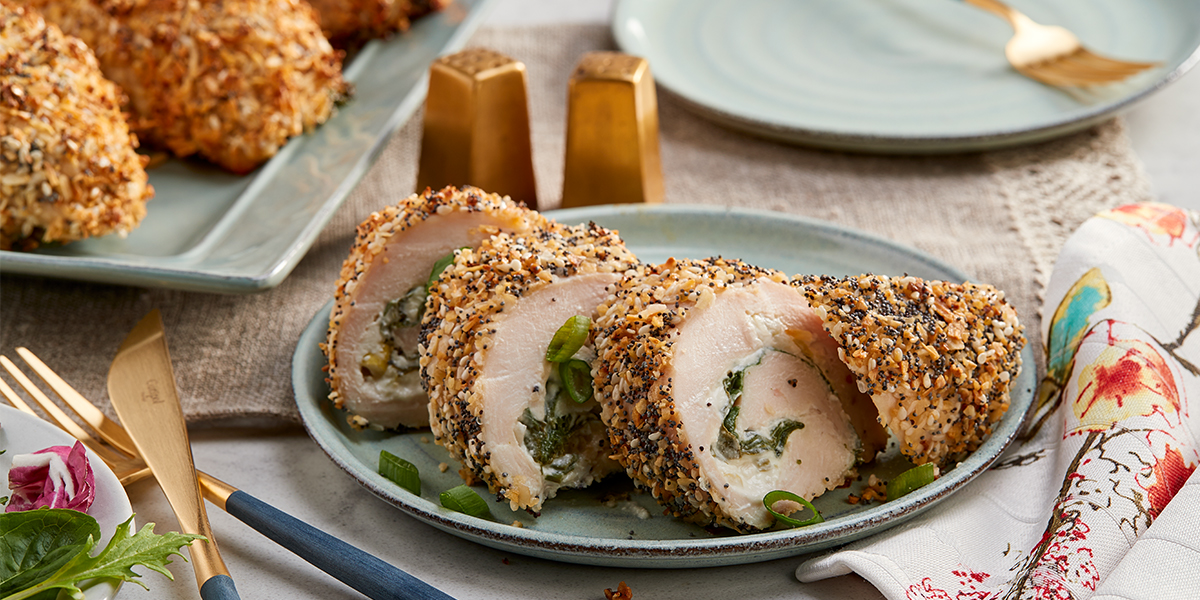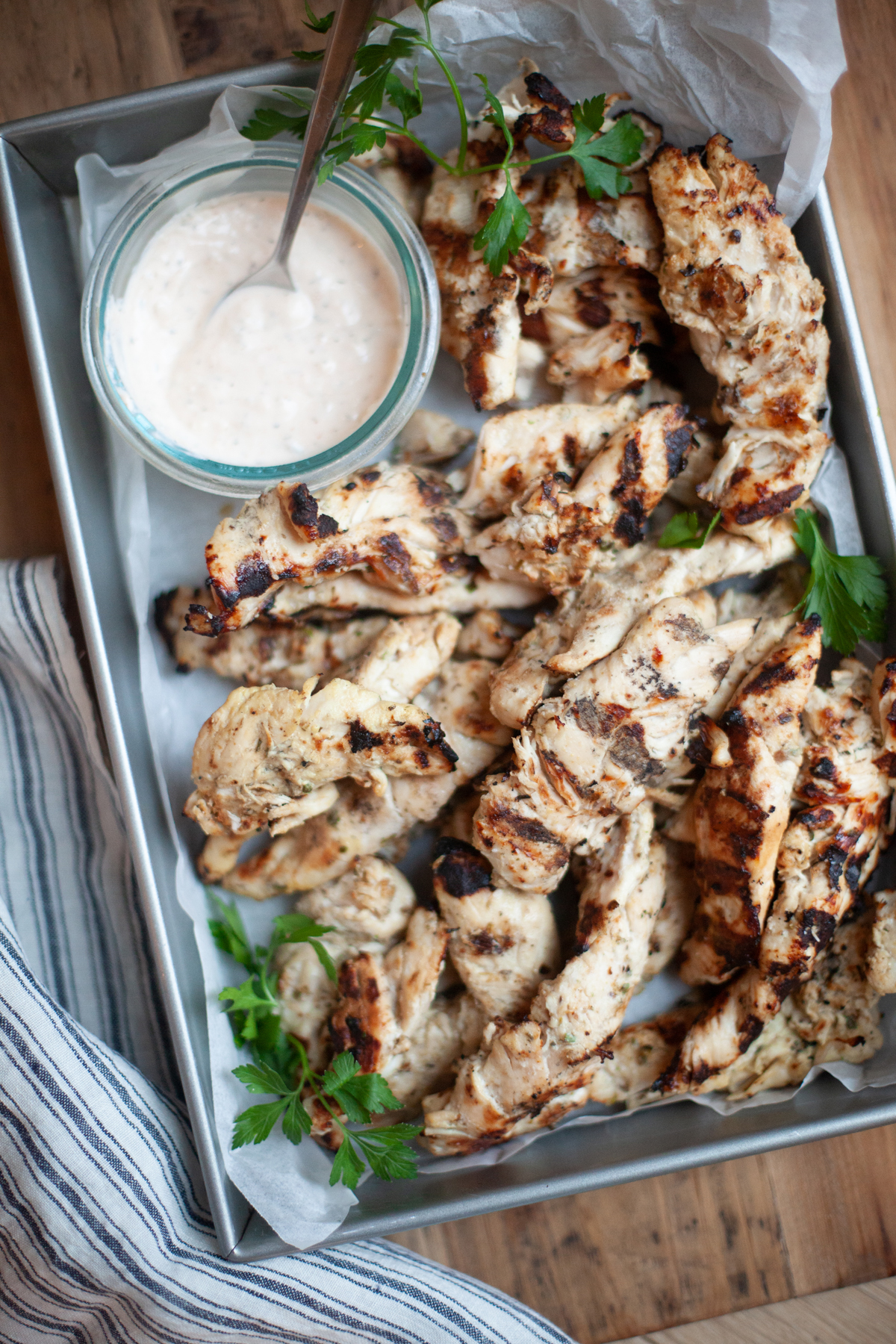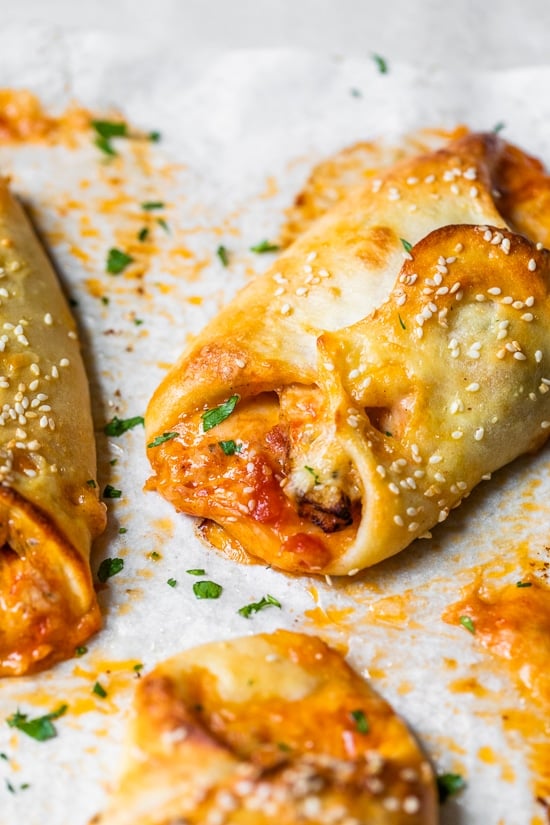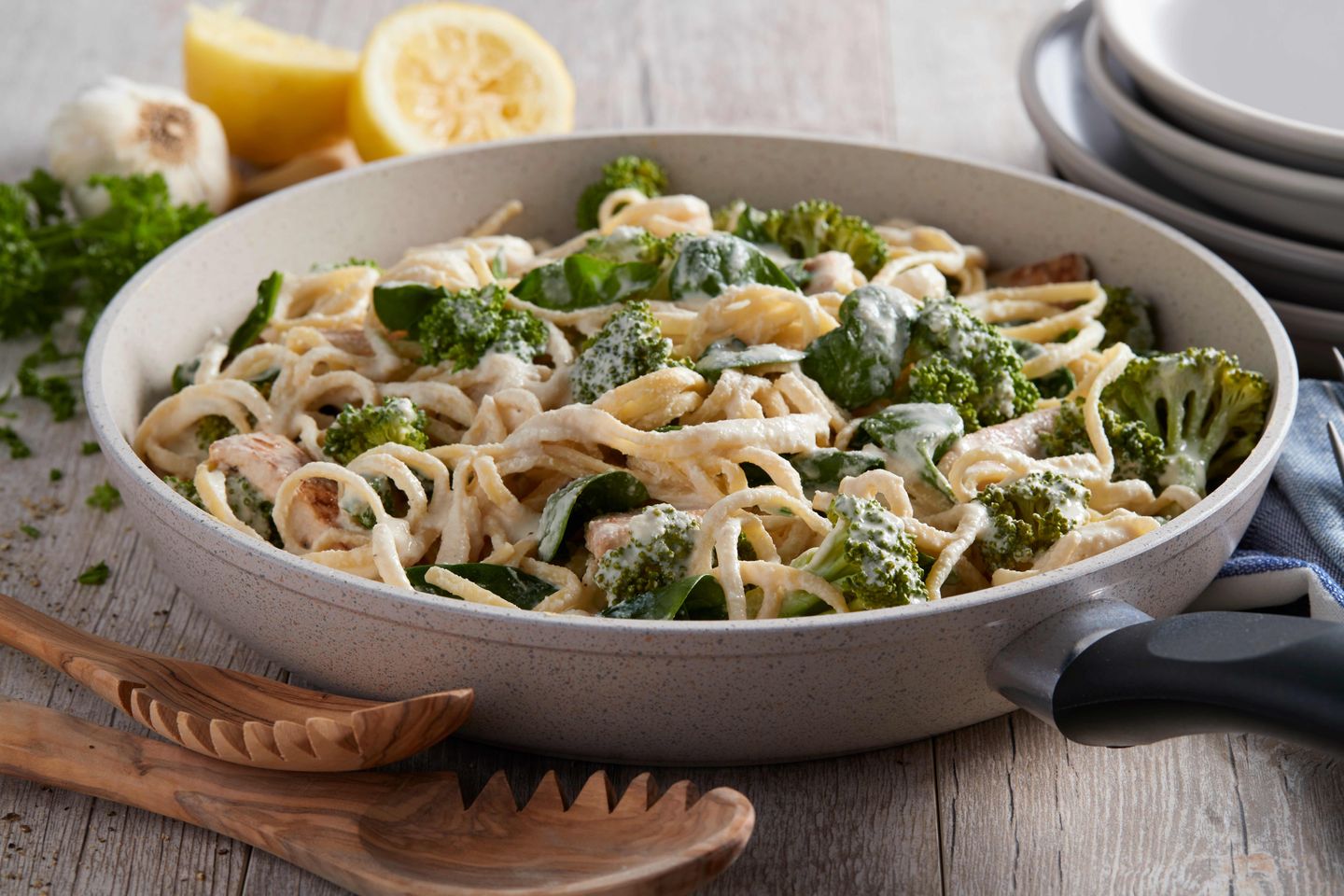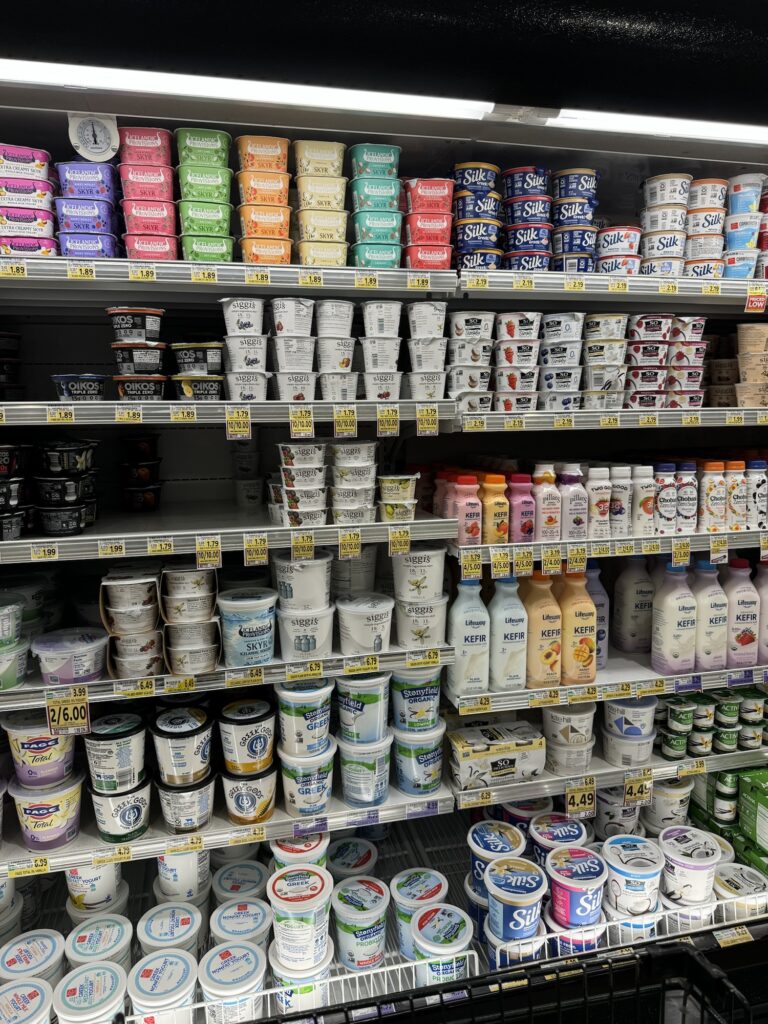How to Make homemade Air-Fried Donut Holes
Got a serious donut craving? Forget the deep fryer, or frying oil and use your new best friend—the air fryer. With just 2 simple ingredients—mashed banana and self-rising flour—you can whip up homemade donut holes that are golden brown on the outside, soft and doughy on the inside. (And if you don’t have self rising flour, I have a solution for that too!) Ready in just 7 minutes, these air fryer donut holes are a great way to satisfy your sweet tooth without all the excess calories from oil.
Jump to RecipeTable of contents
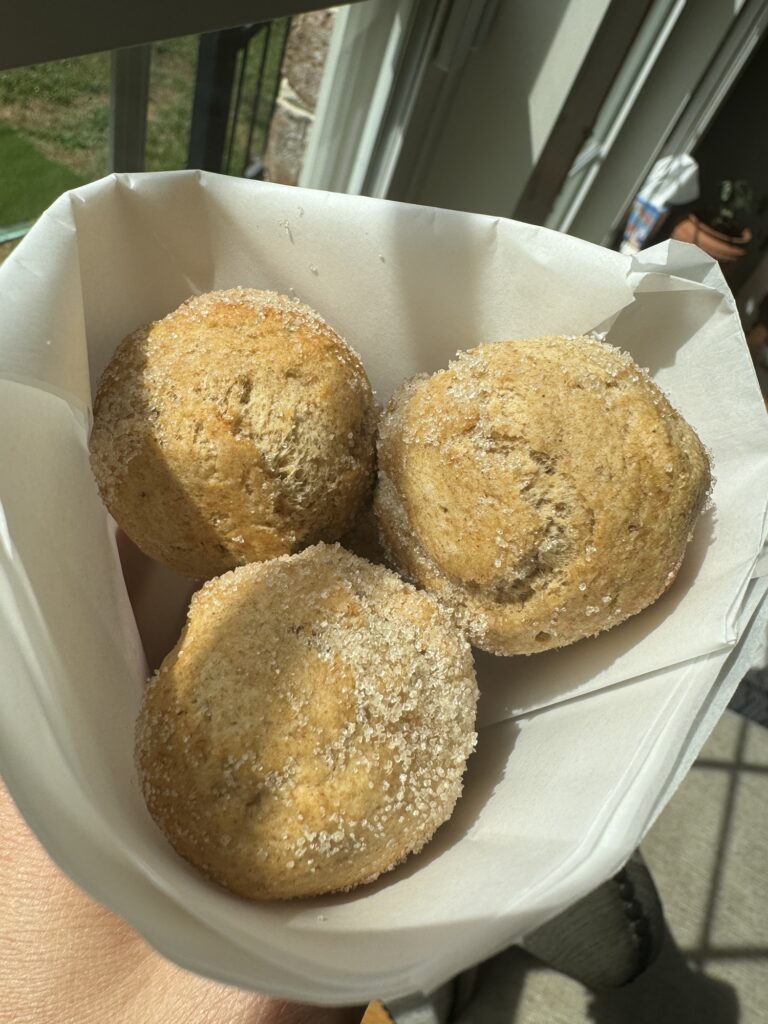
Jump to RecipeWhen I made these for my kids they asked me where I bought them! They love a Tim Horton or Dunkin’ Donuts every once in a while so I was thrilled that these homemade donuts stack up! I’m so excited for you to try it.
Ingredients
- 1 ripe banana (mashed)
- 3/4 cup self-rising flour (plus up to 1/4 cup extra if needed)
Optional Ingredients
- vanilla extract
- cinnamon
- powdered sugar or confectioners’ sugar
- white sugar
Step-by-Step Instructions
Prepare the Banana and Flour
- Mash 1 ripe banana until smooth.
- Measure out 1/2 cup of the mashed banana and set it aside.
- Measure out 3/4 cup self-rising flour.
Mix the Dough
- In a stand mixer with the paddle attachment, combine the mashed banana and self-rising flour.
- Mix until a dough forms. If the dough is too sticky, gradually add up to an additional 1/4 cup of flour until you have a cohesive dough ball.
Form the Donut Holes
- Use a small cookie scoop to portion dough.
- Roll the dough into 8 small balls.
- Place them onto a baking sheet lined with parchment paper.
Air Fry the Donuts
- Preheat your air fryer to 350°F.
- Spray the balls of dough lightly with avocado oil.
- Place them in the air fryer basket, making sure they are not touching.
- Bake for 7 minutes or until they turn golden brown.
Final Touches
- Remove the donut holes using a pair of tongs and place them on a wire rack lined with paper towels to cool slightly.
- Spray with a bit more oil and roll in a cinnamon sugar mixture.
Serve & Enjoy
- Serve your warm donut holes immediately for the best taste.
Serving Suggestions
- Dip It! Serve with a side of warm chocolate ganache, caramel dipping sauce, or a citrus glaze for an extra indulgent treat.
- Coat It! Try different coatings like powdered sugar, matcha, or crushed nuts.
- Fill It! For a surprise twist, fill the donut holes with fruit jam, vanilla pudding, or cream using a piping bag.
- Parchment It! Roll parchment into a cone and serve 3-4 holes in each one. Serving them this way takes these air fryer donut hole s up a notch!
Storage Tips
Store any leftover donut holes in an airtight container at room temperature for up to two days. You can also reheat them in the air fryer at a lower temperature for a few minutes to enjoy warm donut holes again.
Why Air Frying?
Air frying is one of the best ways to make donuts without the need for much oil. It’s a healthier alternative to traditional frying methods and results in deliciously fresh donut holes that your whole family will love. Plus, it’s easy peasy clean up too!
FAQs
What can I use instead of self rising flour?
You can use 1 tsp baking powder (leavening agent) in addition to your all purpose flour. Do not use bread flour, it will absorb too much water.
How can I make these donut holes vegan?
The beauty of this recipe is that it is vegan! Simply ensure your coatings and fillings are dairy-free. Definitely give my Eggless Banana Muffins or 3 ingredient Banana Oatmeal Cookies a try.
Can I use a different fruit instead of banana?
I’ve wondered about this too. I think this could probably be done with applesauce BUT, the ratio of flour to apples will be different. So it needs to be tested.
What if I don’t have an air fryer?
You can bake these donut holes in the oven. Preheat to 350°F and bake on a baking sheet for about 10-12 minutes or until golden brown.
Is the sugar coating necessary?
Absolutely not. You can play around with different serving options. You could even pipe pudding or jam into the center for a fun surprise. Maybe go with a homemade chocolate glaze instead?
Nutritional Information
The greatest nutrition benefit here is that the amount of oil used is minimal compared to store bought mini donut hole or whole donut. When you limit fat, you’re able to omit excess calories, which is a bonus if you’re trying to lose weight.
This recipe also includes fruit, delivering fiber, micronutrients, potassium and natural sugar.
For more tips on healthy eating, check out these 9 tips to start cooking healthier today
2 donut holes is 138 calories.
Carbs: 29g
Fat: 1g
Protein: 1g
Follow me on IG for more daily inspo in my stories: @miss_nutritious_eats
Join my next 6 week challenge!
Tired of endless diets and no results? Join the FASTer Way to Fat Loss and see real, sustainable changes in just 6 weeks!

Ready to enjoy some guilt-free donut holes? Scroll down to get started with your first batch today!
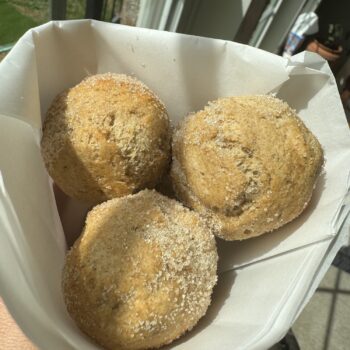
Banana Donut Holes
Equipment
- Kitchen Aide with paddle attachment
Ingredients
- 1 cup self rising flour
- 1/2 cup mashed banana
- sugar and cinnamon optional
Instructions
- Mash 1 banana, measure out 1/2 cup and set aside. Don't use more or less!
- Combine 3/4 cup flour and banana in mixer with paddle attachment. Slowly add additional 1/4 cup until dough forms smooth ball.
- Form into 8 balls and spray with oil spray.
- Bake in air fryer for 7 minutes at 350F.
- Toss in cinnamon and sugar mixture if desired.
Nutrition



